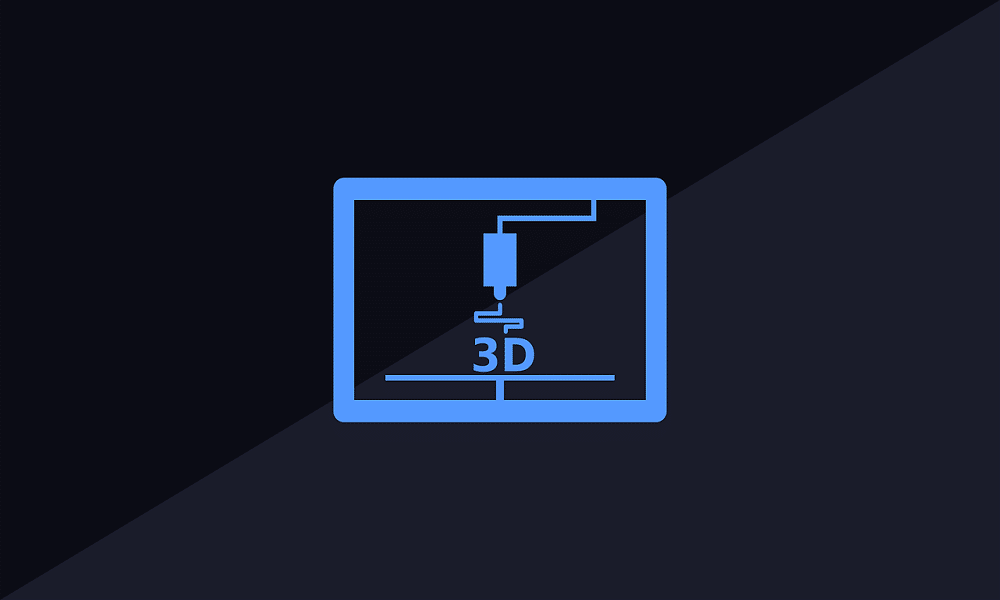Rapid prototyping has quickly changed many design processes in various industries. Designers and engineers have come to embrace this technology, as it has quickened the pace of time from concept to final creation and is cheaper. Multi-material 3D printing is a step forward and opens up new applications compared to traditional processes.
What is Multi-material 3D Printing?
Multi-material 3D printing, also known as multi-material additive manufacturing, uses two or more than two materials or colours in a single 3D printed part. Multi-material 3D printing means using multiple materials in one print job, thus enabling more complex designs with different textures, colours, and material properties. Manufacturers that employ 3D rapid prototyping services can complete whole items simultaneously, which saves them considerable time and labour.
Enhancing Design Flexibility
One of the main benefits of 3D printing is design flexibility. Single-material prints have traditionally limited designers. Multi-material 3D printing, on the other hand, overcomes these barriers. Different materials allow creators to add more customisation and function to their prototypes. For example, one prototype could use hard and soft materials to emulate product attributes typically found in the real world. Such ability enables printing parts with different strengths and textures, essential in sectors like automotive and aerospace, where particular characteristics matter.
Reducing Production Time
The most crucial point in prototyping is time. Polyjet, the term for multi-material 3D printing, considerably reduces production time. In the past, assembling the components was an extra step. Nowadays, manufacturers print complex models in a single print job, which improves time efficiency.
Less production time equals faster iterations, which allows design teams to tweak quickly, thus resulting in a more impactful development workflow. This speed offers advantages to industries where time-to-market is a competitive differentiator, like consumer electronics and fashion.
Prototyping In A Cost-Effective Way
The next notable advantage it offers is cost reduction. Though 3D printers that can employ multiple materials in one build are a more considerable upfront expense, your business will save money on the back end, which results in a higher ROI by reducing material waste and labour costs.
Traditional prototyping is usually multi-stage and involves outsourcing parts. Multi-material 3D printing can combine these steps and reduce logistics and material handling costs. The added cost-effectiveness encourages small businesses and startups to try prototyping without substantial financial constraints.
Improving Product Testing
Prototypes that look like the actual product improve product testing. Multi-material 3D prints can accurately represent the final product, enabling an all-inclusive evaluation and allowing designers to assess functionality, ergonomics, and aesthetics better.
Testing on realistic prototypes enables more informed decision-making. Engineers can detect possible defects early on to minimize expensive changes in later stages. The result is a crisper product that both the market needs and your client expects.
Usage In Various Industries
Multi-material 3D printing caters to dozens of sectors and is a versatile technique. For example, in healthcare, it can produce custom prosthetics and implants that perfectly match the patient’s anatomy. These innovations can lead to better patient outcomes and greater comfort.
In the automotive industry, prototypes with varied materials simulate real driving tests. Such functionality helps create safer and more efficient automobiles. On the other hand, the fashion industry is also using multi-material printing for unique designs that combine fabrics with new materials.
Future Prospects
There is a bright future ahead for multi-material 3D printing. With the advancement of technology using rapid prototyping services, more materials will be compatible and provide even more possibilities. More innovative software will improve accuracy control, and combinatorial designs have even been considered impossible until now.
Furthermore, cross-industry collaboration will help innovation flourish. As other fields provide tips and attempt multi-material 3D printing innovatively, players optimize and refine it to bring new ideas and capabilities to manufacturing design possibilities.
Conclusion
Game-changing rapid prototyping with multi-material 3D printing redefines industry standards by providing design flexibility, shorter lead time for production, and cost-effectiveness. Its influence is visible in numerous industries, including healthcare, manufacturing, automotive, and a new era of innovation.
With more industries embracing and adjusting to the technology, the sky is the limit for growth. Adopting multi-material 3D printing technology decreases the time to market for prototyping and creates a new world of imagination with realistic outcomes.


